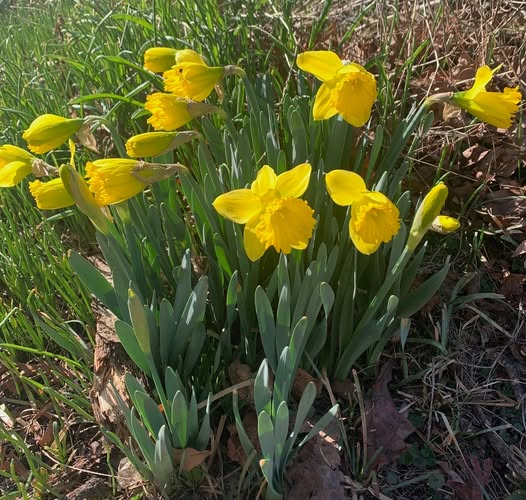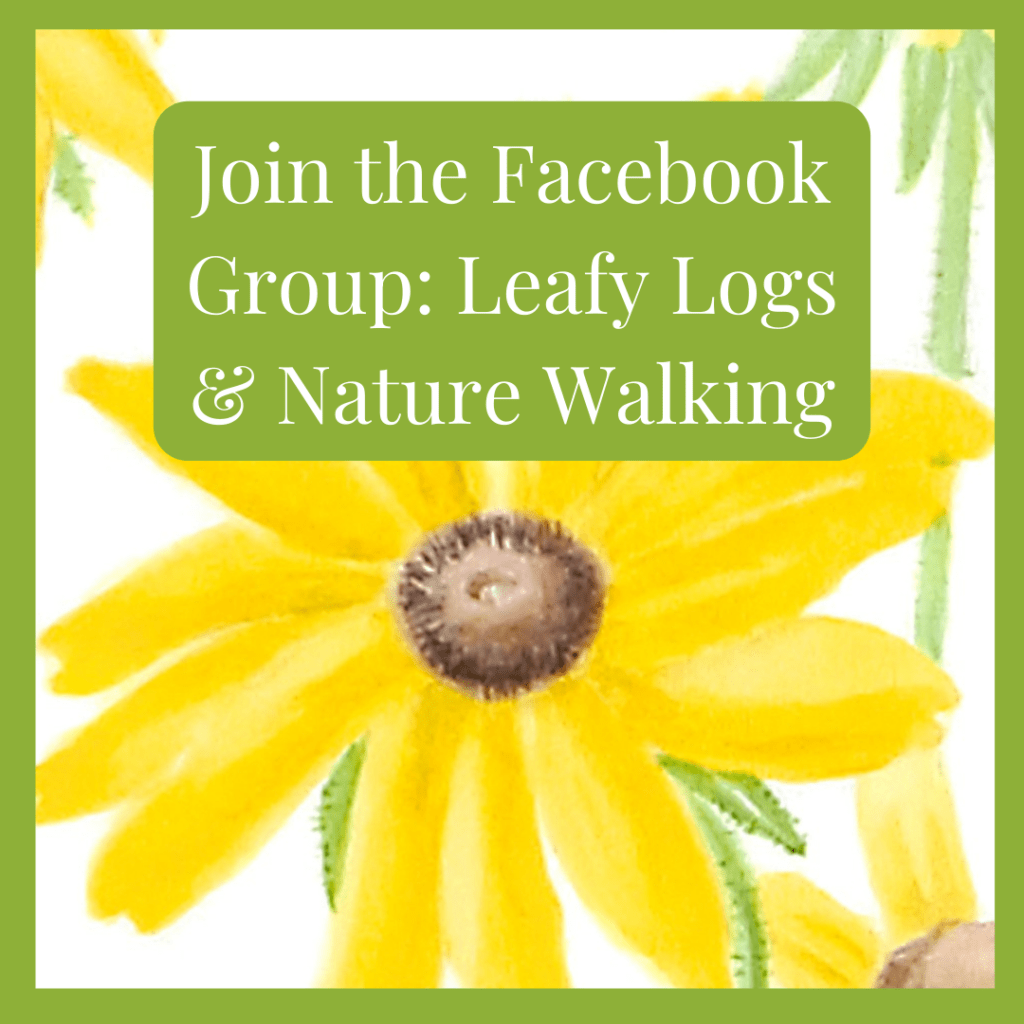Here in West Virginia we now have daffodils blooming in our gardens and along walking paths, like messengers of spring. Whew! Finally spring seems to have broken through the cold and the snow of a particularly cold February.
Where there are daffodils, there are other spring bulbs, such as the soon-to-be pink hyacinths in my garden.
Those are the obvious signs of spring. Melting ice on the small lakes is an early sign that the earth is responding to longer days of sun. Fat tree flower buds are preparing to burst open to capture the spring winds that will blow their pollen to neighboring trees. Leaf buds soon follow.
I found a late instar caterpillar warming itself on a sunny patch of lawn, getting ready, I presume, to spin its cocoon. It will probably hatch out in a few weeks, depending on the air temperatures, as a full grown moth ready to mate and lay eggs.
The wild invasive multiflora rose has already spread its leaves as it grabs the sunlight, outpacing the other nearby plants to find the sun. In this same forest edge, the spice bushes have big yellow-green buds. The bloodroot is still sleeping under the dead leaves. Along this trail we also find paw paw trees and, later, Virginia bluebells.
Some of our birds, such as the cardinal outside my window, is singing to attract a mate. The goldfinches are only yellowish, not yet the bright yellow for their amorous mating calls.
Sandhill cranes are gathering now on the Platte River in Nebraska to rest and gather strength for their spring trip north. The Audubon’s Rowe Sanctuary expects them to start their migration in the coming week. You can find pictures at Audubon’s explore.org to see videos of the cranes gathered together. There are other birds on their site too.
Some cranes will travel to Herbster, WI where we all love watching them during the summer, and always hope for them to successfully raise yet another chick. Some of the cranes will travel all the way to Alaska and Siberia. Most will probably head for their favorite nesting sites in Canada.
Eagles in the Herbster wooded shore are getting ready to nest. It is amazing that they can keep their eggs warm with such cold temperatures still prevalent. The long sunny days at this time of year open the water for them to return and fish. Parent birds need to start early. Baby eagles need as much time as possible to grow and learn to fish before winter sets in again.
Remember, baby eagles are not the same color as their parents. Their splotchy black and white coloration makes them look like a foreign predator. They grow a large beak and claws by summer’s end, but their feathers take two years to turn brown with a white head like their adult parents. You may spot them flying with their parents in the autumn along the shoreline, learning to hunt in preparation for winter.
This is a good time of year to start observing nature. Spring unfolds so quickly, it is hard to catch a glimpse of everything. The farther north you are walking, the later in the year plants and insects venture forth, and the faster nature transforms itself.


